Home>Interior Design>Decorating With Mirrors: Ideas For How To Use Mirrors
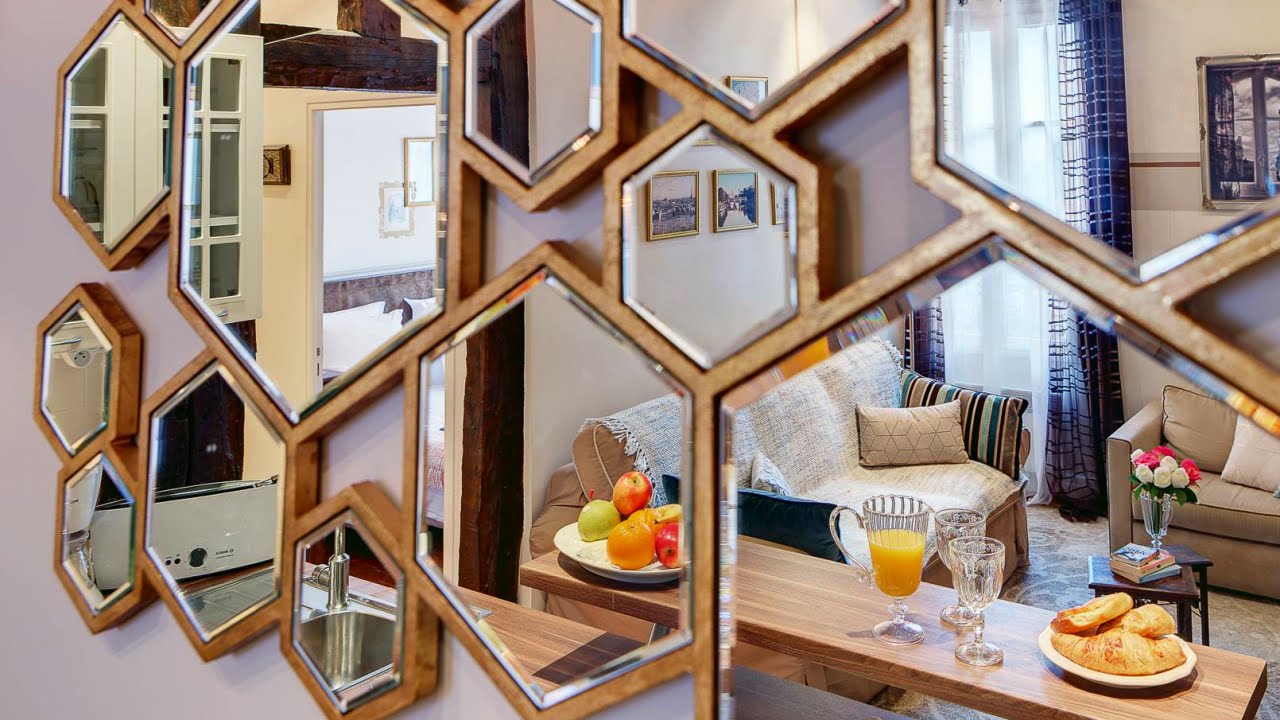

Interior Design
Decorating With Mirrors: Ideas For How To Use Mirrors
Modified: January 18, 2024
Enhance your interior design with these creative ideas for decorating with mirrors. Discover how to use mirrors to add style, depth, and light to any space.
(Many of the links in this article redirect to a specific reviewed product. Your purchase of these products through affiliate links helps to generate commission for Storables.com, at no extra cost. Learn more)
Introduction
Welcome to the world of interior design, where every element plays a crucial role in creating a harmonious and visually appealing space. One of the most versatile and impactful design elements is the mirror. From adding depth and dimension to a room to amplifying natural light and creating a stunning focal point, mirrors have the power to transform any space.
Decorating with mirrors is not only practical but can also be a creative and artistic endeavor. Whether you’re looking to make a small room appear larger, add a touch of elegance to your living space, or simply enhance the overall aesthetic, mirrors offer endless possibilities.
In this article, we’ll explore various ideas and techniques for using mirrors effectively in interior design. We’ll delve into the different ways mirrors can be utilized to create a visually stunning and functional space while providing tips and inspiration along the way.
So, let’s dive in and discover the enchanting world of decorating with mirrors!
Key Takeaways:
- Mirrors serve as versatile and impactful design elements, creating focal points, enhancing natural light, and adding artistic flair. Careful placement and strategic use can transform any space into a visually appealing haven.
- Incorporating mirrors into interior design offers endless possibilities, from creating illusions of space to adding glamour and sophistication. With creativity and thoughtful placement, mirrors can elevate the aesthetic and functionality of any room.
Mirror as a Focal Point
When it comes to interior design, creating a focal point is essential in order to draw attention and make a statement. Mirrors can be the perfect element to serve as a captivating focal point in any room. By strategically placing a stunning mirror, you can instantly transform the atmosphere and create an eye-catching centerpiece.
One effective way to use a mirror as a focal point is by choosing a mirror with a unique and ornate frame. Opt for a mirror with intricate details, such as carved wood, metallic accents, or a vintage-inspired design. Hang it on a prominent wall or position it above a fireplace to instantly elevate the room’s aesthetic.
Another method is to use a large statement mirror to create a sense of grandeur. Consider a floor-length mirror or an oversized wall mirror to add drama and welcome guests with a wow factor as they enter the room. Place it in the entryway or in a living room to instantly transform the space and create a stunning visual impact.
Additionally, mirrors can be used as a focal point by incorporating them into a gallery wall display. Combine mirrors of different shapes, sizes, and frames to create an eclectic and visually appealing arrangement. This not only serves as a focal point, but it also adds a touch of personality and reflects your unique style and taste.
Remember, when using a mirror as a focal point, be mindful of its surroundings. Ensure that the area around the mirror is free from clutter and distractions to allow the mirror to truly shine. Consider adding accent lighting to highlight the mirror and further enhance its appeal.
Mirrors as focal points not only add visual interest and depth to a room but also create a sense of balance and symmetry. They can serve as the perfect statement piece to tie together the overall design and truly make a room stand out.
Creating the Illusion of Space with Mirrors
If you have a small or cramped space, mirrors can be your secret weapon in creating the illusion of a larger, more open environment. Their reflective properties can visually expand the room, making it feel more spacious and airy.
One effective technique is to strategically place mirrors across from windows or sources of natural light. The mirrors will reflect the light, bouncing it around the room and creating a brighter and more expansive feel. This not only helps to make the room feel bigger but also enhances the overall ambiance by maximizing the light available.
Another approach is to use a large, full-length mirror to visually extend the space. Position it against a wall or in an area where it can reflect the length of the room, creating the illusion of an elongated space. This is particularly effective in narrow hallways or compact living areas.
Mirrors can also be used to create the perception of depth. By placing a mirror at the end of a hallway or behind furniture, it gives the impression that there is more space beyond what is visible in reality. This simple trick can make a cramped area feel more open and inviting.
For spaces with low ceilings, consider utilizing mirrors vertically. Hang tall, slim mirrors or incorporate mirrored wall panels to draw the eye upward, giving the illusion of a higher ceiling and greater height in the room.
When using mirrors to create the illusion of space, keep in mind that placement and size matter. Experiment with different positions and sizes to find the most effective arrangement for your specific space and desired outcome. Avoid placing mirrors where they may reflect cluttered areas, as this can counteract the desired effect of spaciousness.
By strategically incorporating mirrors to create the illusion of space, you can transform even the most compact areas into visually appealing and more open environments. This technique is ideal for small apartments, tight corners, or any space where you want to maximize the sense of openness and freedom.
Enhancing Natural Light with Mirrors
Natural light is a precious resource in interior design, as it has the power to revitalize and illuminate a space. Mirrors can play a significant role in maximizing the impact of natural light by reflecting and spreading it throughout the room.
One of the most effective ways to enhance natural light with mirrors is to position them strategically opposite windows or light sources. This allows the mirrors to bounce the light back into the room, amplifying its brightness and creating a more well-lit environment. By doing so, you can minimize the need for artificial lighting during the day, resulting in a more energy-efficient and inviting space.
To further enhance the natural light, consider placing a mirror behind a light source, such as a table lamp or floor lamp. This technique helps to disperse the light and create a softer, more diffused glow, adding depth and warmth to the room.
In addition to positioning mirrors to reflect natural light, choosing the right frame and finish can also enhance their light-enhancing properties. Opt for mirrors with frames that have a metallic or reflective finish, as they can further amplify the light within the space. Mirrors with beveled edges or those with a hint of tint can create unique light patterns and add visual interest.
If you have a particularly dark or windowless room, consider incorporating a mirrored feature wall. Covering one entire wall with mirrors can significantly brighten the space by reflecting artificial and natural light sources throughout the room. This technique can create a stunning visual effect and make the room feel more open and luminous.
Remember to be mindful of the placement of mirrors to prevent glare or overpowering reflections. Experiment with different angles and positions to find the optimal placement that maximizes the natural light while maintaining a balanced and harmonious environment.
By strategically using mirrors to enhance natural light, you can create a bright and vibrant space that promotes a sense of positivity and well-being. Embracing the natural light not only benefits the overall aesthetics of the room but also contributes to our emotional well-being by connecting us with the outdoors and bringing in the beauty of the natural world.
Mirror as an Artistic Element
When it comes to interior design, mirrors are not only functional but also act as artistic elements that can elevate the overall aesthetic of a space. They have the ability to add depth, texture, and visual interest to any room, turning them into captivating focal points and works of art.
One way to use mirrors as artistic elements is by choosing mirrors with unique shapes and designs. Instead of traditional rectangular mirrors, opt for mirrors in unconventional shapes such as round, oval, or geometric forms. These mirrors not only provide a reflection but also serve as visually striking decorative pieces that add a touch of personality and style to the space.
Experiment with different mirror finishes and textures to elevate the artistic appeal. Mirrors with antique, distressed, or textured finishes can bring a sense of vintage charm or modern sophistication to the room. Consider incorporating mirrors with etched or engraved designs, which can create intricate patterns and add an artistic flair.
Grouping mirrors together can also create a visually captivating display. Mix and match mirrors of different sizes, shapes, and styles to create an eclectic and artful arrangement on a wall. This combination of mirrors can create a dynamic focal point and add a sense of depth and dimension to the space.
Incorporating mirrors into art installations or wall collages is another creative way to showcase their artistic potential. Combine mirrors with other artwork, photographs, or decorative elements to create a visually stunning and cohesive arrangement. This not only enhances the visual appeal of the space but also adds a layer of artistic expression.
Don’t be afraid to think outside the box and use mirrors in unexpected ways. Consider incorporating mirrors into furniture pieces, such as mirrored tables or cabinets, to add a touch of glamour and sophistication. Mirrored accessories, such as trays, vases, or picture frames, can also act as artistic accents that elevate the overall design.
When using mirrors as artistic elements, pay attention to their placement and surroundings. Consider the reflection that the mirror will create and how it interacts with the other elements in the room. Use mirrors to highlight specific areas or create unique perspectives that draw the eye and spark intrigue.
By incorporating mirrors as artistic elements in your interior design, you can create a visually captivating and expressive space that reflects your personal style and artistic sensibilities. Let your imagination run wild and embrace the creative possibilities that mirrors bring to the world of design.
Mirrored Furniture and Accessories
Mirrored furniture and accessories are not only stylish and glamorous but also serve as functional pieces that can enhance the overall aesthetic of a room. They add a touch of elegance, reflect light, and create a sense of spaciousness in any space.
One popular choice for incorporating mirrors into a room is through mirrored furniture. From mirrored bedside tables and dressers to coffee tables and console tables, these pieces can instantly transform the look and feel of a room. Mirrored furniture can amplify the light in a space, making it appear brighter and more open. They also act as statement pieces, adding a touch of luxury and sophistication to the room.
In addition to furniture, mirrored accessories can also play a significant role in elevating the overall design. Mirrored trays, for example, can be used to create a stunning centerpiece on a dining table or as a stylish way to display perfumes and toiletries in the bathroom. Mirrored photo frames and wall art can add a touch of glamour and provide a reflective surface that enhances the visual impact of the artwork.
When incorporating mirrored furniture and accessories, it’s important to consider the balance and placement within the space. Too much mirrored furniture can overwhelm a room, so it’s recommended to use them as accent pieces rather than filling the entire room with them. Consider pairing mirrored furniture with other materials, such as wood or fabric, to create a well-balanced and harmonious environment.
Mirrored furniture and accessories can be incorporated into various design styles, from contemporary and modern to classic and eclectic. They have the ability to seamlessly blend into different aesthetics while adding a touch of glamour and sophistication.
Furthermore, mirrored furniture and accessories can have a practical benefit as well. The reflective surfaces allow for easy cleaning and maintenance, as smudges and marks are more readily visible. Additionally, the reflective property of mirrors can create the illusion of additional storage or space, making them an excellent option for smaller rooms or apartments.
Whether you choose to incorporate a mirrored dresser, a mirrored accent table, or smaller mirrored accessories, these pieces can inject a sense of opulence and elegance into any space. They not only reflect your personal style but also serve as functional and versatile elements that elevate the overall design of your home.
When using mirrors for decorating, consider placing them opposite a window to reflect natural light and make the space feel brighter and more open.
Mirror Shapes and Sizes for Different Spaces
When it comes to mirrors, the shape and size play a crucial role in determining their impact on a space. Different shapes and sizes can create unique visual effects, enhance the overall aesthetic, and contribute to the functionality of a room. Let’s explore how to choose the right mirror shapes and sizes for different spaces in your home.
For smaller rooms or spaces, consider using smaller mirrors to avoid overwhelming the area. Round mirrors are a popular choice as they create a soft and gentle appearance. They can be used in entryways, bathrooms, or as part of a gallery wall. Oval mirrors can add a touch of elegance and sophistication, making them perfect for bedrooms or living rooms.
In larger rooms or areas with high ceilings, you have the opportunity to go for larger and more statement-making mirrors. Floor-length mirrors can be placed in bedrooms, dressing rooms, or hallways to add a sense of grandeur. Full wall mirrors can be used in gyms or home studios to create the illusion of a larger space and enhance functionality.
Rectangular mirrors are versatile and can work in various settings. Horizontal rectangular mirrors are well-suited for above a bathroom vanity or console table, providing ample space for practical use. Vertical rectangular mirrors can be used in narrow spaces or to elongate a wall, creating a sense of height and adding visual interest.
If you’re feeling adventurous, consider using unconventional mirror shapes. Geometric mirrors, such as hexagons or diamonds, can add a modern and contemporary touch to a space. Irregular or asymmetrical shapes can work as artistic focal points and add a unique and unexpected element to the room.
When determining the size of a mirror, it’s essential to consider the proportions of the space. A general guideline is to choose a mirror that is two-thirds to three-fourths the size of the furniture, wall, or space it will be placed above. Remember that a mirror that is too small may get lost, while one that is too large can overpower the surroundings.
Additionally, don’t forget about the practical aspect of a mirror’s size. Make sure to consider functionality, such as ensuring that a bathroom mirror is at a proper height for everyone to use comfortably or that a dressing room mirror allows for a full-length view.
By carefully selecting mirror shapes and sizes for different spaces in your home, you can create a harmonious and visually appealing environment. Whether you opt for classic shapes or experiment with more unique designs, mirrors can enhance the aesthetic and functionality of any room.
Hanging Mirrors: Tips and Placement Ideas
Hanging mirrors can be a transformative element in interior design, adding depth, visual interest, and functionality to a space. However, it’s important to carefully consider the placement and installation process to ensure that the mirrors enhance the overall aesthetic of the room. Here are some tips and placement ideas for hanging mirrors effectively.
1. Determine the purpose: Before hanging a mirror, consider its intended purpose. Are you looking to create a focal point, enhance natural light, or simply add a decorative touch? This will help guide you in choosing the right size and style of mirror for the space.
2. Reflect the best features: Position the mirror in a way that reflects the room’s best features. If there’s a beautiful view, showcase it by hanging the mirror opposite the window or glass door. Reflecting artwork or an attractive architectural element can also add visual interest.
3. Consider the height: The height at which you hang the mirror depends on its purpose. In bathrooms, hang mirrors at eye level or slightly above the sink for optimal functionality. In the living room or hallway, consider the average eye level of the individuals using the space. For full-length mirrors, aim for the mirror to start around 6 inches above the floor.
4. Create balance and symmetry: If you’re using multiple mirrors, aim for balance and symmetry in their placement. Whether it’s a pair of mirrors flanking a fireplace or a set of small mirrors arranged in a grid pattern, visually pleasing symmetry can create a sense of harmony in the room.
5. Mix and match sizes and shapes: Don’t be afraid to mix and match different sizes and shapes of mirrors to create a unique and eclectic look. Consider combining round, rectangular, and oval mirrors to add visual interest and depth to the space.
6. Consider the surrounding decor: Take into account the surrounding décor when choosing the frame and style of the mirror. Match the mirror’s frame to the existing furniture or choose a complementary style to blend seamlessly with the overall design theme.
7. Use hanging hardware: Ensure that you use appropriate hanging hardware for the weight and size of the mirror. Follow the manufacturer’s instructions or consult a professional to ensure a secure and safe installation. Use a level or measuring tape to ensure the mirror is straight and well-positioned.
8. Experiment with unconventional placements: Don’t limit yourself to traditional hanging methods. Get creative and consider placing mirrors on unconventional surfaces, such as hanging a mirror on a bookshelf or mounting it on the ceiling to create an unexpected and eye-catching effect.
Remember, when hanging mirrors, consider the function and impact you want to achieve. Whether you’re aiming to create an illusion of space, enhance light, or simply add a decorative touch, thoughtful placement and installation can make a significant difference in the overall look and feel of a room.
Mirror Gallery Walls: Inspiration and Tips
Creating a gallery wall with mirrors is a creative and visually stunning way to enhance the aesthetic of any room. Mirror gallery walls not only add a touch of glamour but also increase the sense of space and depth. Here are some inspiration and tips for creating a captivating mirror gallery wall.
1. Choose an assortment of mirror styles: Incorporate a variety of mirror styles to create a dynamic and visually interesting gallery wall. Mix and match different shapes, sizes, and frame designs to add depth and texture. Consider using mirrors with antique finishes, beveled edges, or intricate detailing to make a statement.
2. Consider the wall space: Assess the available wall space to determine the layout and arrangement of the mirror gallery wall. You can opt for a symmetrical placement with mirrors evenly spaced, or create an asymmetrical arrangement for a more eclectic look. Play with different configurations before settling on one that suits your aesthetic preferences.
3. Anchor the wall with a focal point: Choose a larger or more ornate mirror as the focal point of the gallery wall. This anchor mirror will draw attention and set the tone for the entire arrangement. Hang it slightly off-center or at eye level for added visual interest.
4. Mix mirrors with other artwork: Integrate mirrors with traditional artwork pieces to add depth and dimension to the gallery wall. Combine paintings, photographs, or prints with mirrors to create a cohesive and eye-catching arrangement. Group them in clusters or create a pattern that is visually pleasing.
5. Play with spacing and overlap: Experiment with different spacing techniques to create a sense of movement and rhythm within the gallery wall. Allow mirrors to slightly overlap or leave small gaps between them for an artistic and layered effect. Find the right balance that creates an engaging visual composition.
6. Consider the surrounding decor: Take into account the surrounding decor when choosing the frame and style of the mirrors. Match the frames with the existing furniture or room decor to create a harmonious and cohesive look. Consider coordinating with other metal accents in the room to tie everything together.
7. Test the arrangement before hanging: Before committing to the final arrangement, consider tracing the outline of each mirror onto paper, cut them out, and tape them to the wall. This allows you to visualize the layout and make adjustments before making any holes. Rearrange the paper cutouts until you are satisfied with the design.
8. Use proper hanging techniques: Ensure that you use appropriate hanging hardware for the weight of each mirror. Use a level to ensure the mirrors are straight and well-aligned. Take your time during the hanging process to achieve a polished and professional result.
By incorporating these tips and drawing inspiration from various mirror gallery walls, you can create a captivating and visually striking display in your home. Mirror gallery walls not only serve as a unique design feature but also reflect light and create the illusion of space, adding depth and intrigue to any room.
Mirror Accent Wall Ideas
Creating an accent wall with mirrors is a bold and stylish way to add a touch of glamour and make a dramatic statement in any room. Mirror accent walls not only reflect light and create the illusion of space but also serve as visually stunning focal points. Here are some ideas to inspire your mirror accent wall design.
1. Floor-to-Ceiling Mirrors: Covering an entire wall from floor to ceiling with mirrors creates a seamless and expansive look, making the room feel larger and more open. This creates a contemporary and luxurious ambiance, especially in areas such as living rooms or bedrooms.
2. Geometric Patterns: Arrange mirrors in a geometric pattern to create a unique and artistic accent wall. Consider using different shapes and sizes, such as squares, rectangles, and hexagons, to add visual interest and depth. Play with the placement and angles of the mirrors to create an eye-catching design.
3. Framed Mirror Panels: Install mirrored panels framed with decorative molding or trim to create a sophisticated and elegant accent wall. This adds a touch of luxury and architectural interest to the room. Choose frames that complement the style of the room, whether it’s traditional, modern, or eclectic.
4. Antique Mirrors: Incorporate antique mirrors with aged finishes to create a vintage-inspired accent wall. The character and charm of antique mirrors bring a unique appeal to any space. Arrange the mirrors in a random or patterned layout to add visual texture and an old-world charm.
5. Mirror Tiles: Use mirror tiles to create a customizable and versatile accent wall. Mirror tiles come in various sizes and shapes, allowing for endless design possibilities. Play with different arrangements, such as herringbone patterns or mosaic-style configurations, to add an artistic touch to the space.
6. Oversized Mirrors: Opt for oversized mirrors as the focal point of your accent wall. These large statement mirrors can create a dramatic effect and reflect light to brighten up the room. Hang them alone or incorporate smaller mirrors around them for added visual interest.
7. Mirrored Wallpaper: Consider using wallpaper with a mirrored finish to create a seamless and reflective accent wall. Mirrored wallpaper exudes a contemporary and glamorous vibe, adding a unique texture to the space. Pair it with contrasting elements, such as textured fabrics or bold artwork, to create a striking visual contrast.
8. Mirrored Art Gallery: Create an art gallery-inspired accent wall by combining mirrors and framed artwork. Hang mirrors alongside paintings, photographs, or prints to create a visually captivating display. This allows for a perfect balance between reflections and artistic expressions.
When designing a mirror accent wall, it’s important to consider the overall aesthetic of the room and the desired impact. Experiment with different styles, patterns, and sizes to find the perfect balance between functionality and visual appeal. With a mirror accent wall, you can transform any space into a glamorous and visually captivating haven.
Mirror DIY Projects
If you’re feeling adventurous and looking to unleash your creativity, mirror DIY projects are a fantastic way to add a personal touch and unique flair to your home decor. From revamping old mirrors to creating entirely new pieces, here are some exciting and inspiring mirror DIY projects to get you started.
1. Mirror Mosaic: Transform a plain mirror into a stunning mosaic masterpiece. Break small mirrors or mirror tiles into different shapes and sizes, then glue them onto the mirror surface to create a mosaic pattern. This project allows you to express your artistic side while adding texture and visual interest to the mirror.
2. Painted Frame: Give a plain mirror frame a fresh and vibrant makeover with a coat of paint. Choose a color that complements your decor and apply it to the frame using a brush or spray paint. Experiment with different painting techniques, such as ombre, stenciling, or patterned designs, to create a unique and personalized look.
3. Mirrored Tray: Create a chic and stylish mirrored tray to display your favorite items. Find a plain wooden or metal tray and attach mirrored tiles to the inside base using adhesive. This DIY project not only adds a touch of glamour to your space but also provides a functional surface for organizing and showcasing your decor pieces.
4. Sunburst Mirror: Recreate the stunning and popular sunburst mirror design with a few simple materials. Use wooden dowels or skewers as the rays of the sun and attach small framed mirrors or mirror tiles to the ends. Arrange the rays in a circular pattern to create a beautiful and eye-catching sunburst mirror that brightens up any room.
5. Tabletop Vanity Mirror: Build your own tabletop vanity mirror to add a touch of luxury to your beauty routine. Attach a mirror onto a wooden stand or frame, ensuring that it’s angled for optimal use. Add decorative elements, such as LED lights for a Hollywood-style effect or a small drawer for storage, to make your vanity mirror both functional and aesthetically pleasing.
6. Windowpane Mirror: Repurpose an old window frame into a charming windowpane mirror. Remove the glass panes and replace them with mirrors of the same size. Paint or distress the frame to match your desired style. Hang the windowpane mirror on the wall to create a rustic and unique focal point with a hint of vintage charm.
7. Mirror Wall Art: Cut mirrors into various shapes and sizes and arrange them into an artful display on a large canvas or wooden board. Apply adhesive to the back of each mirror piece and carefully press them onto the surface. This DIY project allows you to create a custom and captivating piece of wall art that uniquely reflects your style.
Remember to prioritize safety when working with mirrors and tools. Wear protective gear, such as goggles and gloves, and handle the glass with caution to avoid any accidents or injuries.
With these mirror DIY projects, you can unleash your creativity and transform ordinary mirrors into extraordinary decorative pieces. Whether you choose to revamp existing mirrors or create entirely new designs, these projects allow you to express your personal style and bring a touch of artistic flair into your home.
Conclusion
Decorating with mirrors offers a world of possibilities in interior design. From creating stunning focal points to enhancing natural light and adding artistic flair, mirrors have the power to transform any space. By strategically choosing mirror shapes, sizes, and placements, you can achieve a harmonious and visually appealing environment that reflects your personal style and taste.
Whether you’re aiming to make a room appear larger, add a touch of glamour, or infuse a sense of depth and dimension, mirrors provide a versatile and creative solution. By incorporating mirrors as focal points or as part of gallery walls, accent walls, or DIY projects, you can bring a touch of elegance and sophistication into your home.
Remember to consider functionality, surrounding decor, and proper hanging techniques when incorporating mirrors into your design. By paying attention to these details, you can create balanced and visually appealing arrangements that amplify the beauty of the room.
So, whether you’re looking to enhance the natural light, create an illusion of space, or add an artistic touch, embrace the versatility and beauty of mirrors in your interior design projects. Let your creativity soar and explore the limitless possibilities that mirrors offer. With their ability to reflect light, create depth, and make a statement, mirrors truly are an essential element in creating a captivating and engaging living space.
So, go ahead and explore the exciting world of decorating with mirrors. Let your imagination run wild, and watch as your home is transformed into a stylish and visually stunning sanctuary.
Frequently Asked Questions about Decorating With Mirrors: Ideas For How To Use Mirrors
Was this page helpful?
At Storables.com, we guarantee accurate and reliable information. Our content, validated by Expert Board Contributors, is crafted following stringent Editorial Policies. We're committed to providing you with well-researched, expert-backed insights for all your informational needs.
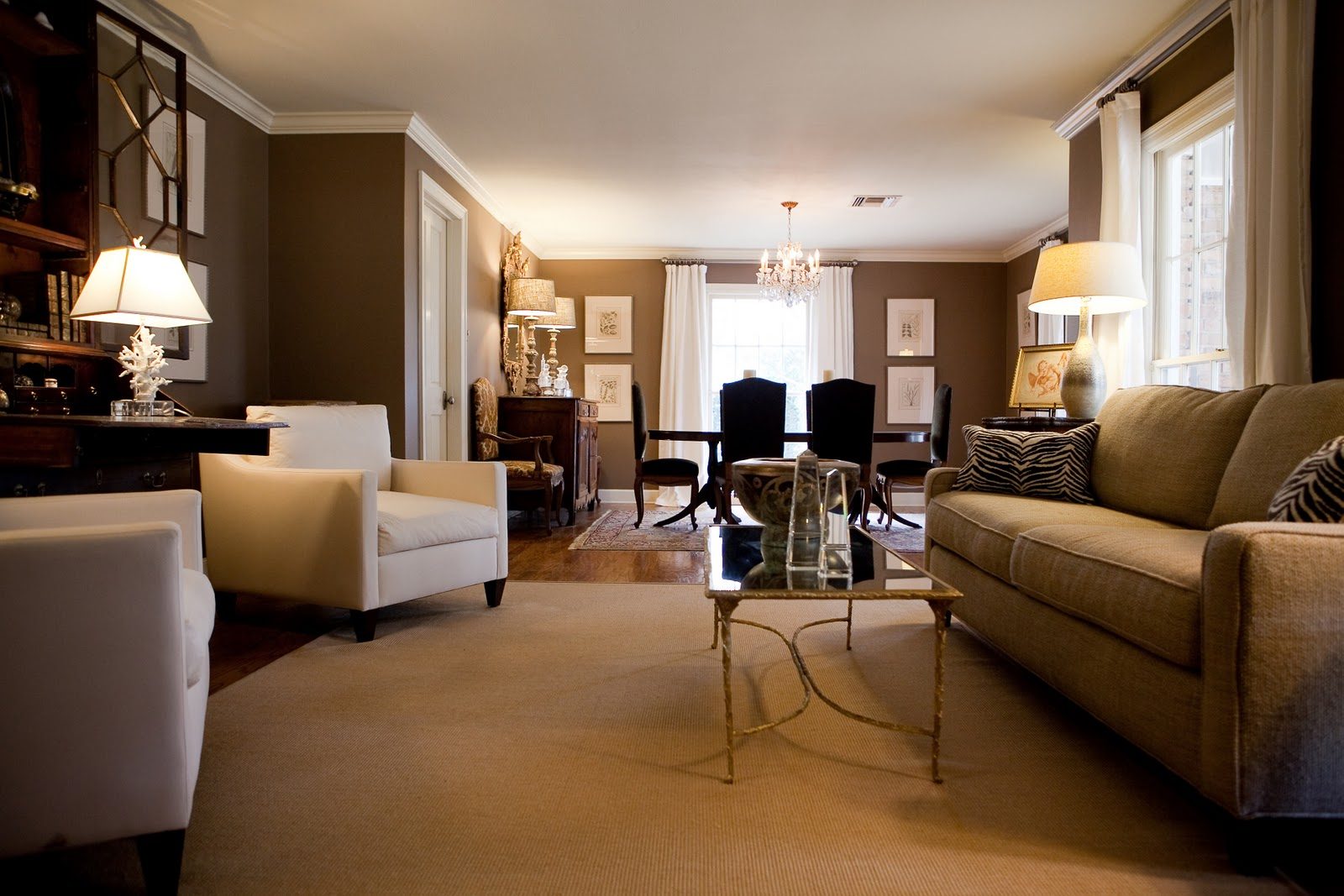
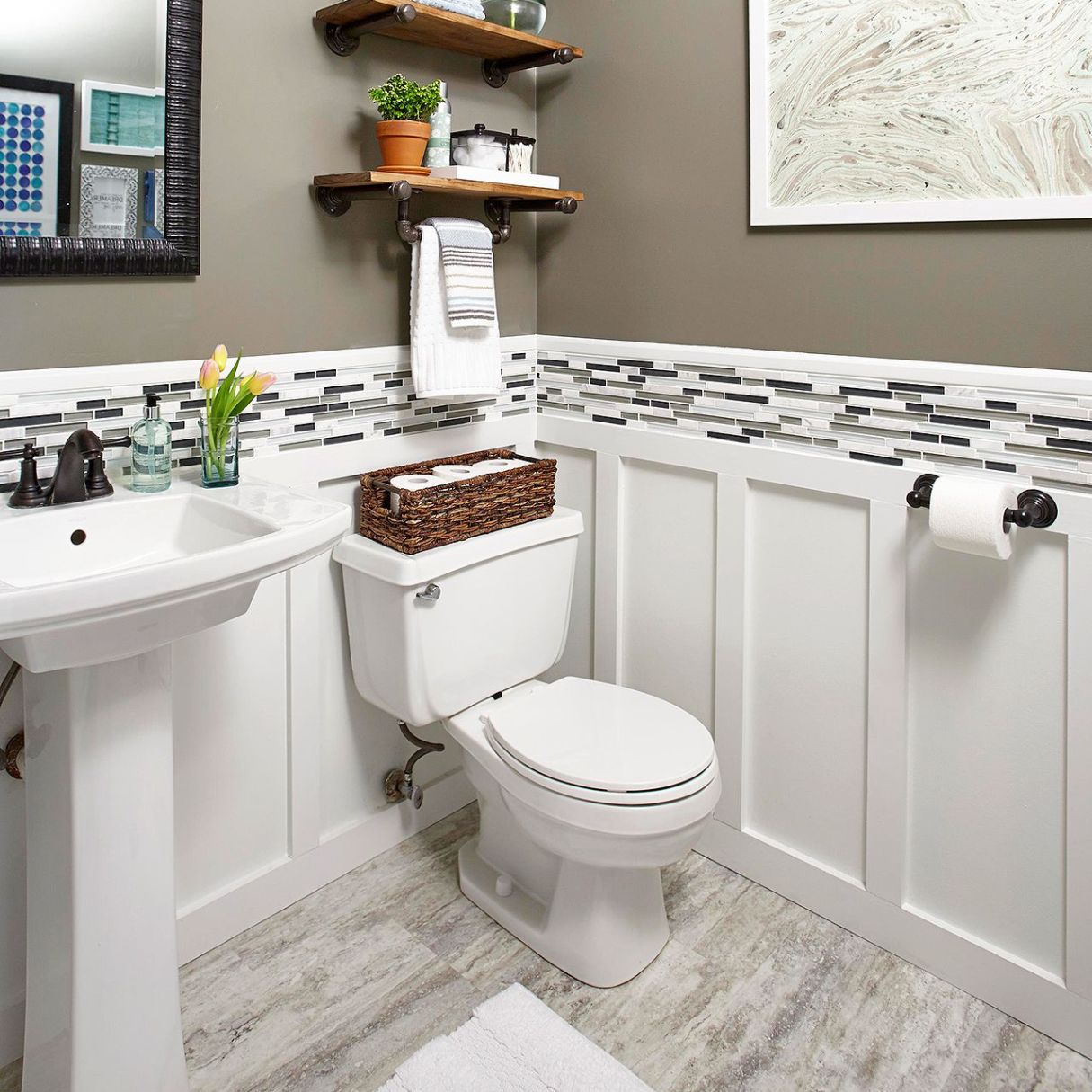
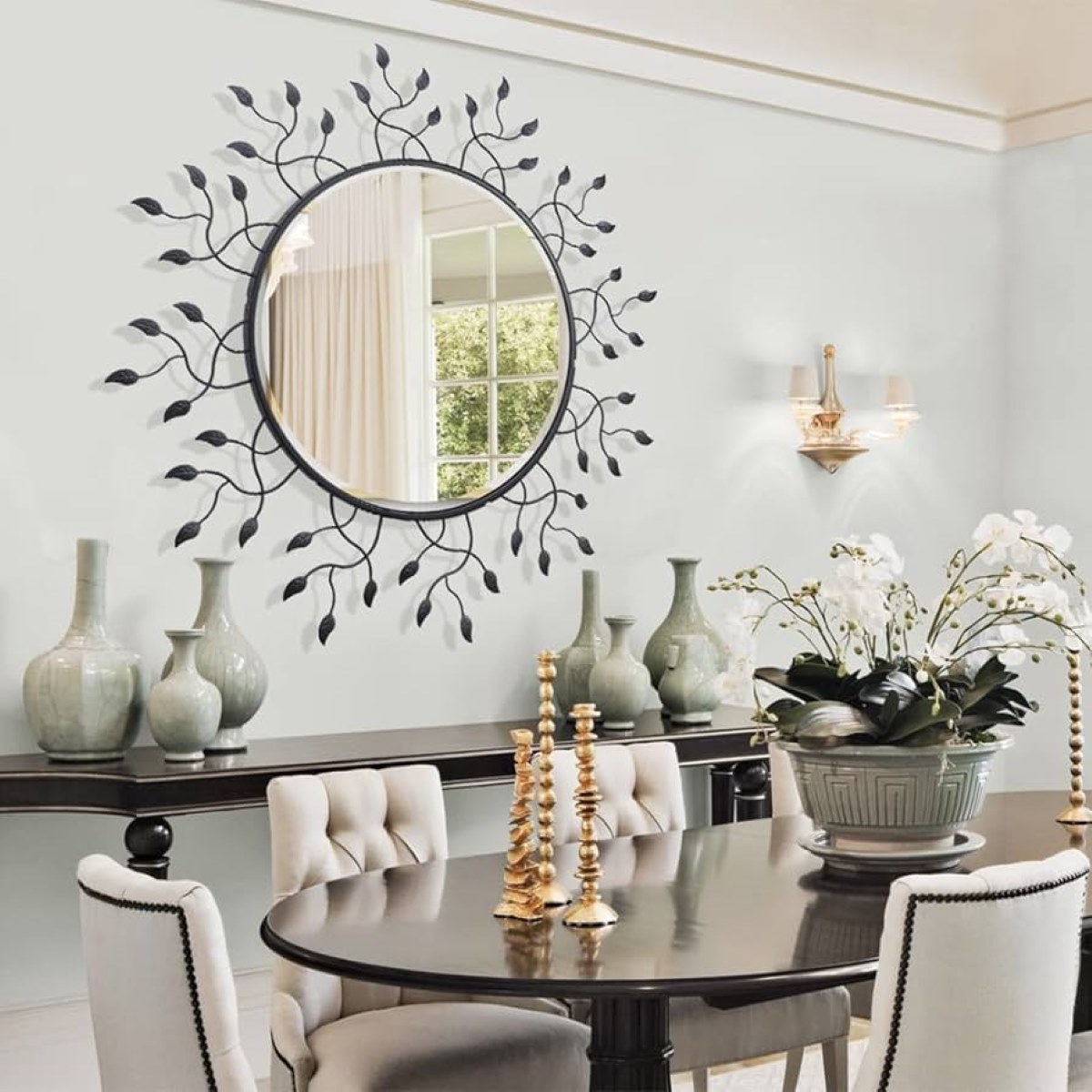
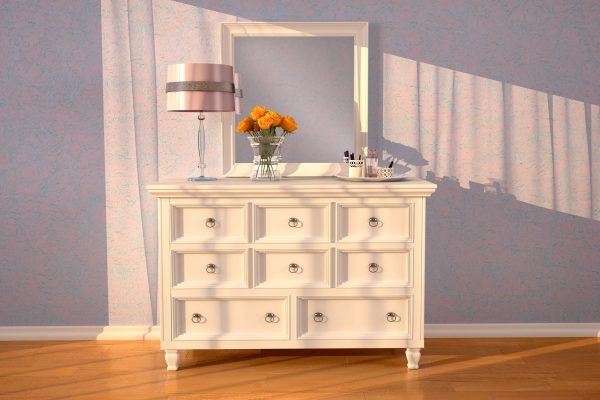


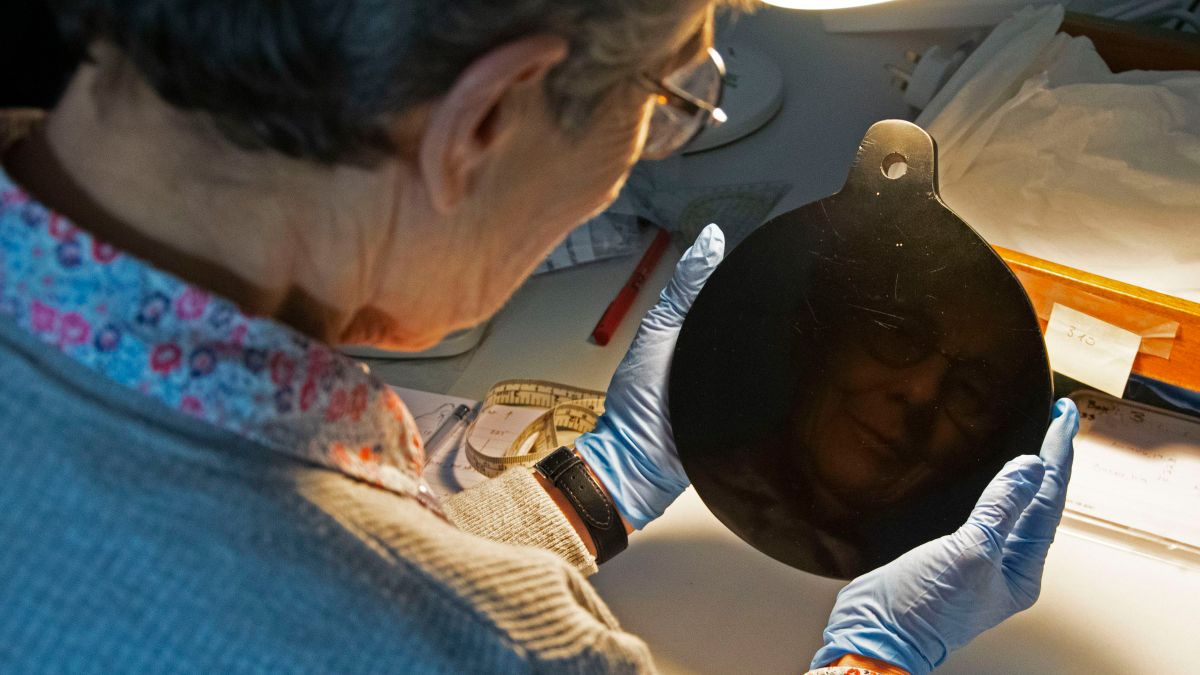

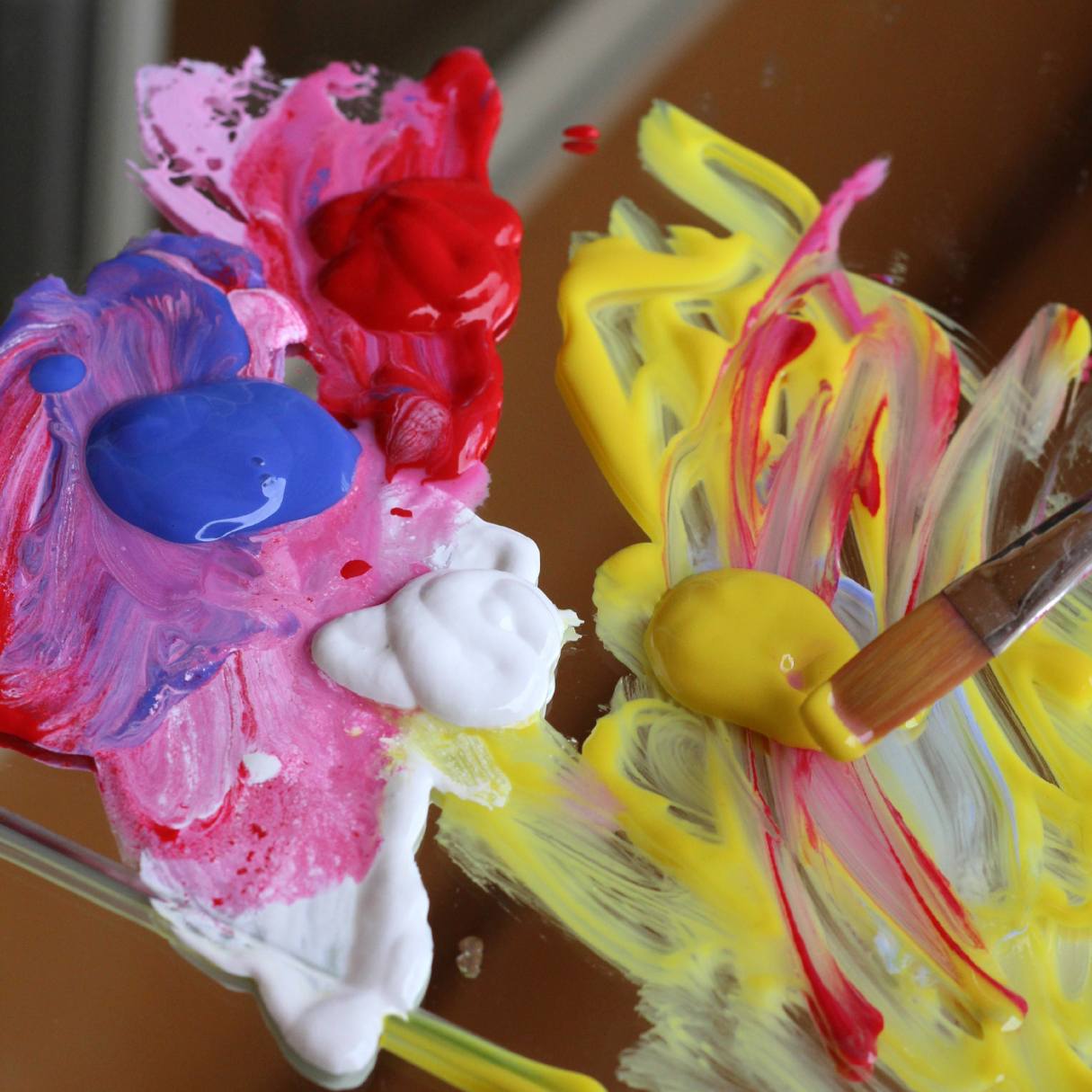
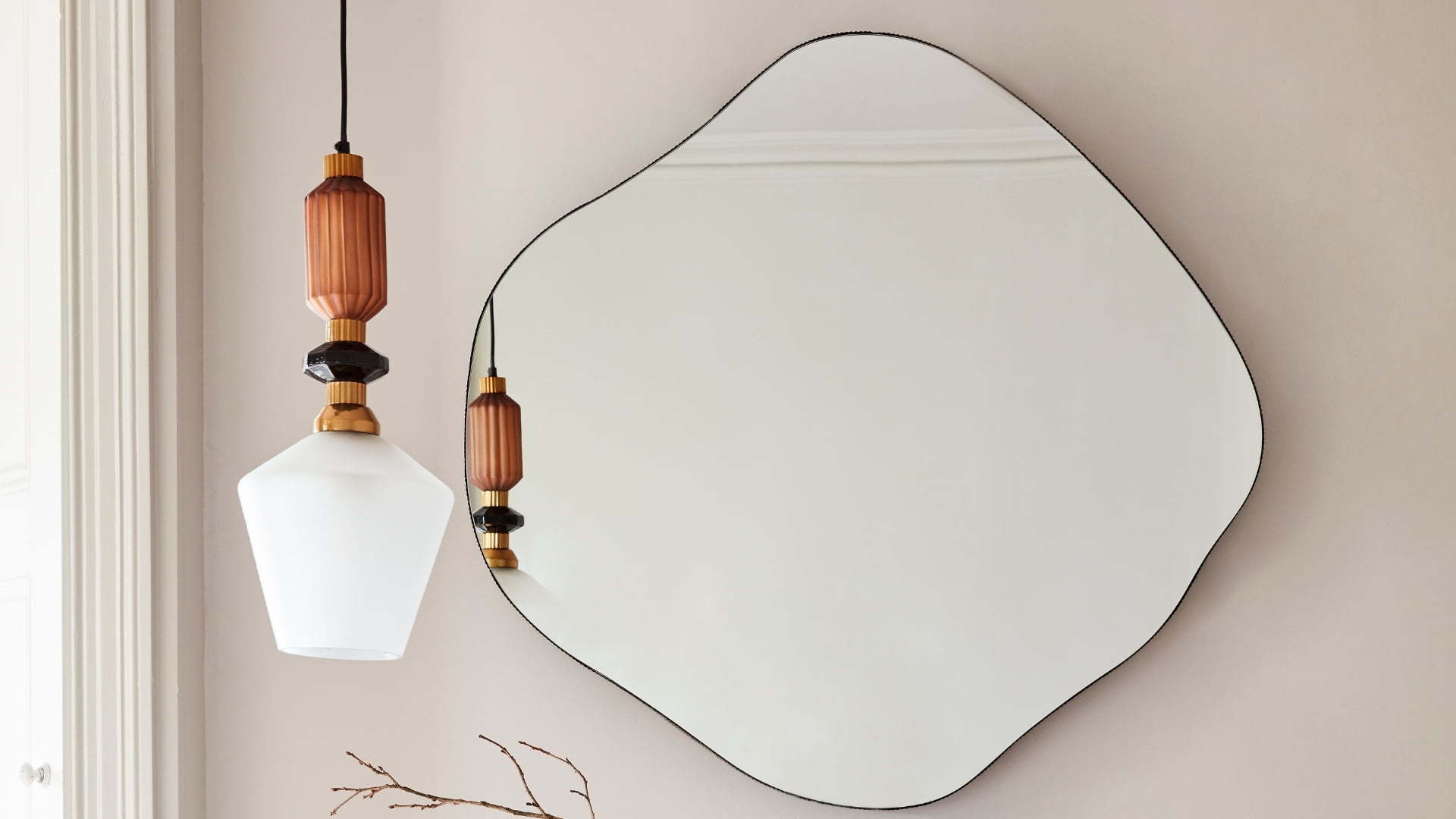
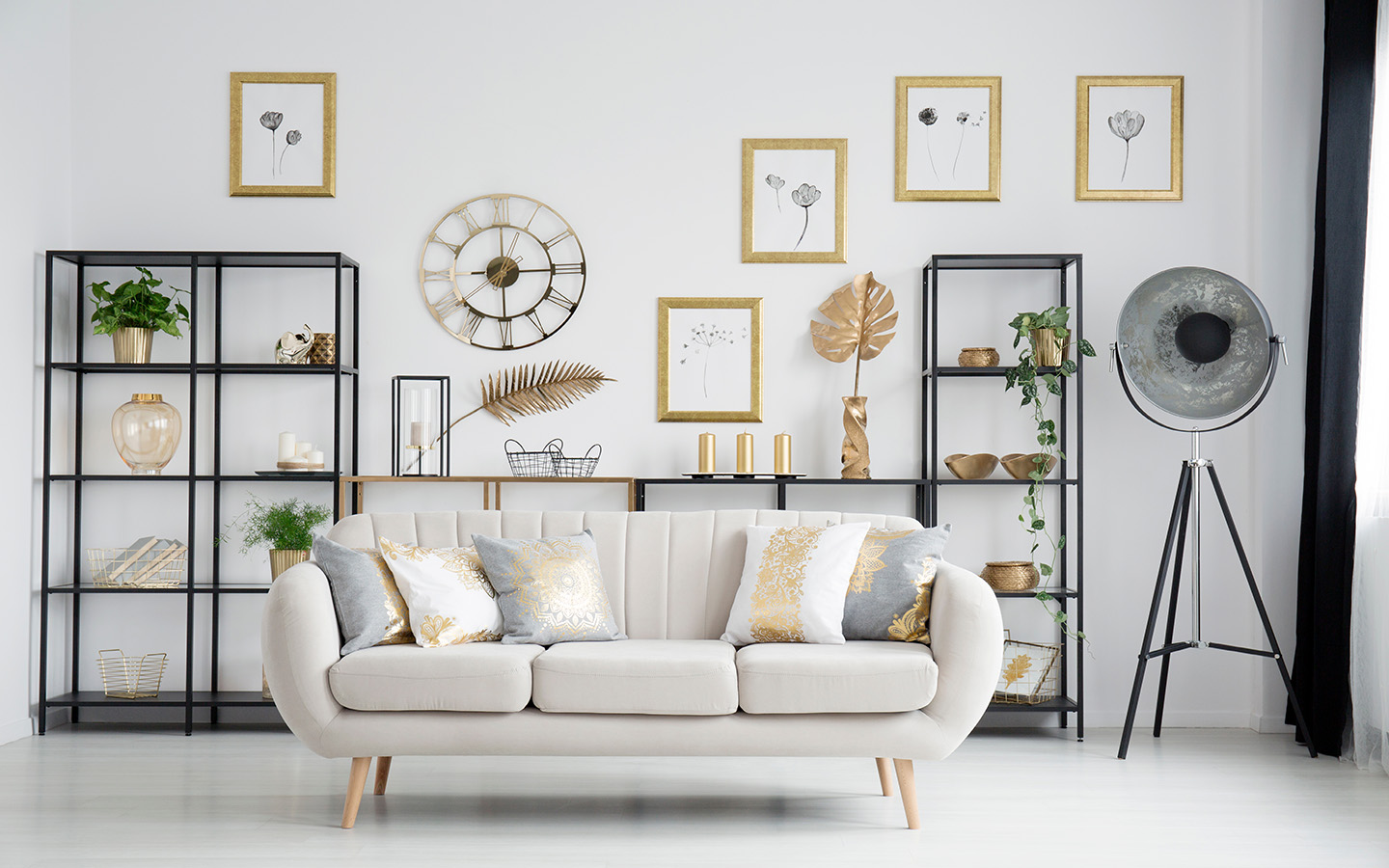
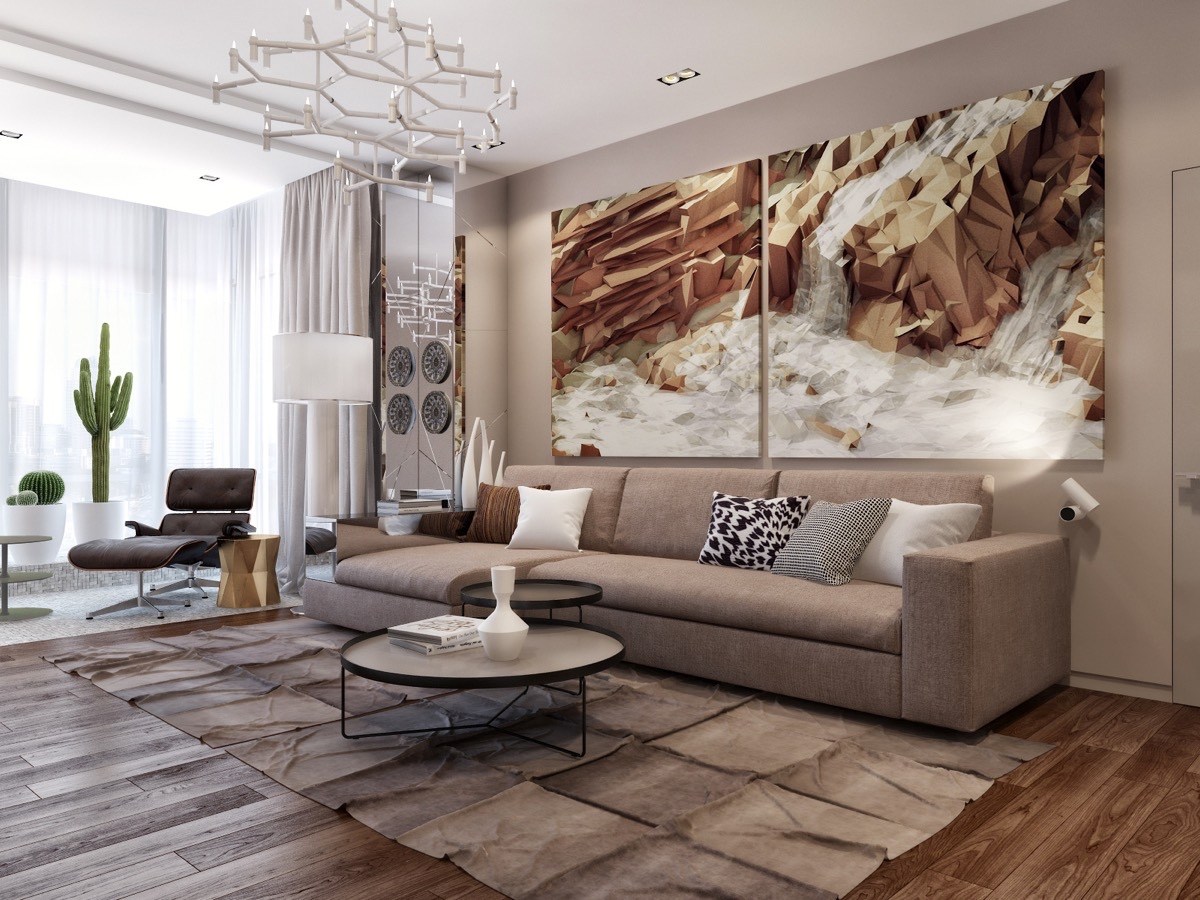
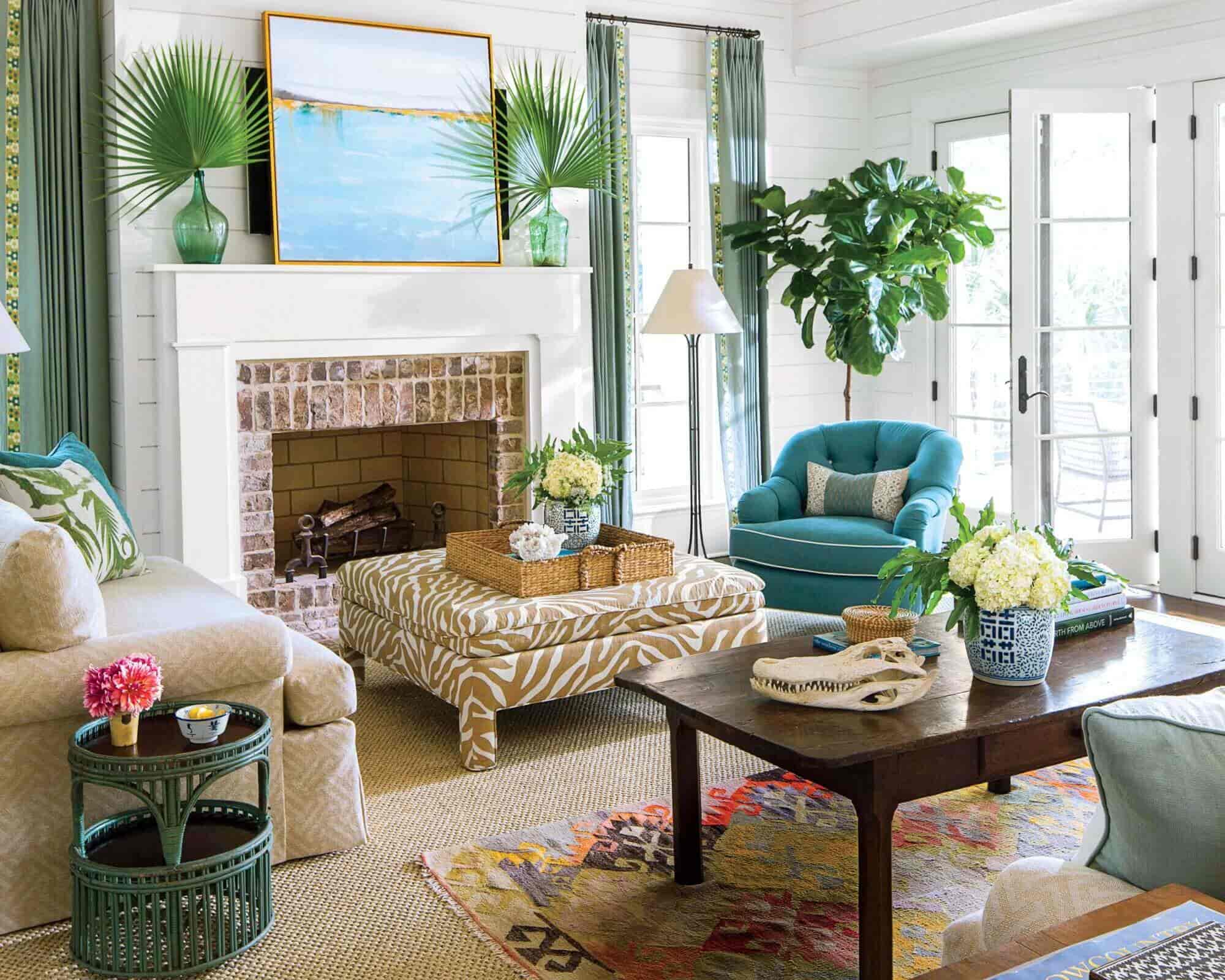

0 thoughts on “Decorating With Mirrors: Ideas For How To Use Mirrors”